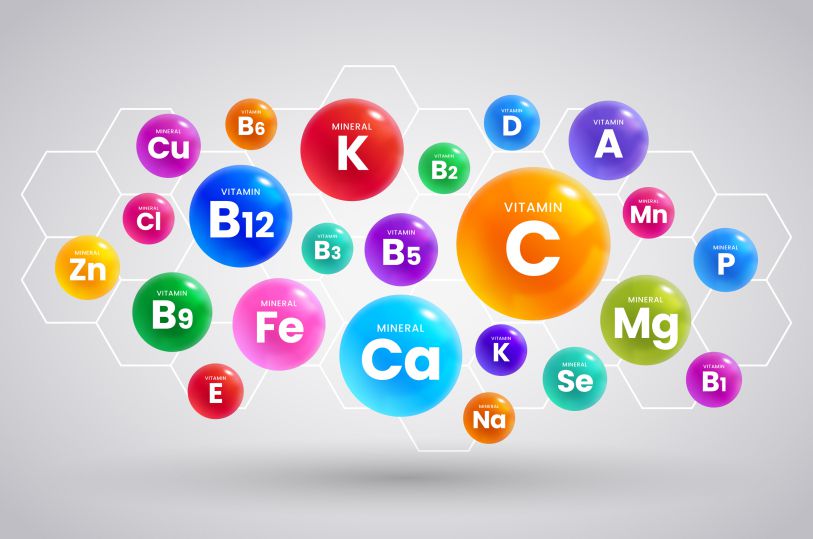Do you work more sitting in front of your computer, hence experiencing lower back pain? Don’t worry, you are not alone. As one of the most common medical problems, nearly every workaholic faces this problem at least once in a lifetime.
You will be wrong if you think it’s a disorder. Because low back pain is a symptom of several different medical problems. It’s also known as lumbago and lumbar spine. Not only prolonged sitting but also stress and inappropriate sleeping positions can lead to it. In addition, some lifestyle habits and sports activities, strain from bad posture, and others can bring such type of problems.
The lumbar spine supports the entire body’s weight and provides movement.
What causes lower back pain
The pain increases over the years as you age and lose your movement strength.
It may be caused by prolonged sitting in one position such as for studying or working or doing anything else. That’s why it is a major reason to visit a doctor for 80% of grown-ups. Besides, the lumbar spine pain might potentially lead to injury or be caused by a compressive injury. After the injury, if you don’t get appropriate treatment, the pain can become chronic – often when it lasts more than three months.
Highly physical jobs or lifting heavy things from the ground may be a reason for experiencing some form of lumbar spine pain. Other common causes are obesity, excessive reaching, twisting, bending, and tallness.
Symptoms
The pain might make your body hard to move or stand up straight. At that time you may experience a combination of the symptoms from sharp to a dull ache. Therefore, other usual symptoms include difficulty in standing up, burning pain that radiates down your leg, muscle spasms, pain when you bend, twist, lift, or walk. Moreover, you may feel tightness in the low back, numbness, or tingling (sciatica).
Treatment
- Keep moving – stretch your body out and stay active
- Rearrange your sleeping position.
- Apply an ice pack – ice it for 10 minutes several times a day. After ice therapy, apply hot water to encourage blood flow.
- Stop smoking – it can decrease blood supply to the spine and cause herniated disks.
- Sit less – if you work for a long time sitting in the same position, stand up, walk a little
- Get a message – structural messages for the specific body part can help you to lessen chronic pain.
- Change your clothes – avoid wearing skinny jeans for long period, choose comfortable clothes and shoes.
- Don’t slouch during sitting or standing
- Yoga, stretching, pilates – these types of activities can reduce your pain. Just make sure that your instructor knows about your pain and suggests conventional exercises
- Keep a healthy weight
- Medical treatment – if you have frequent lumbar spine pain, consider visiting your doctor, and describing your pain in detail.







